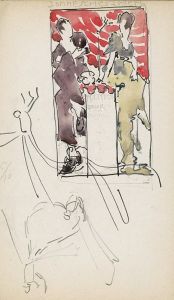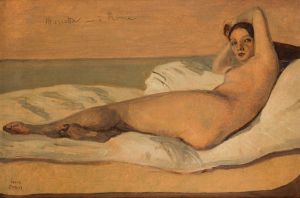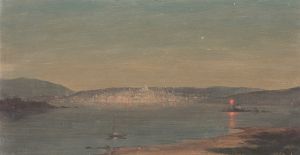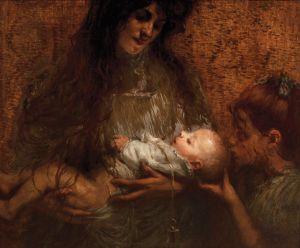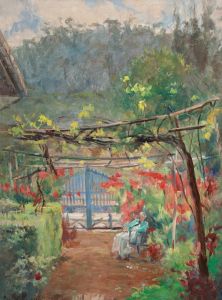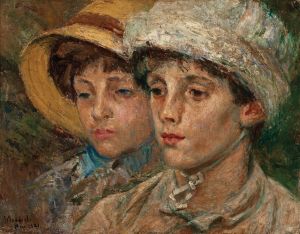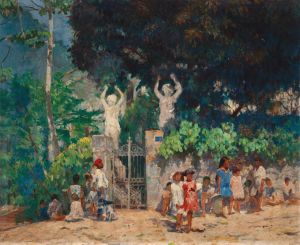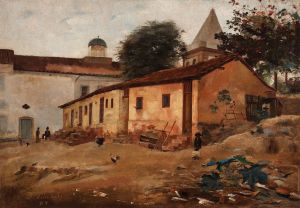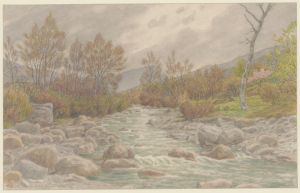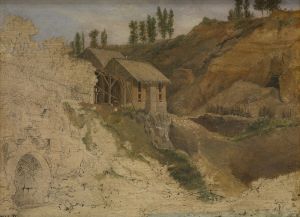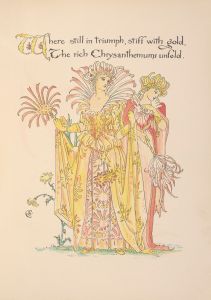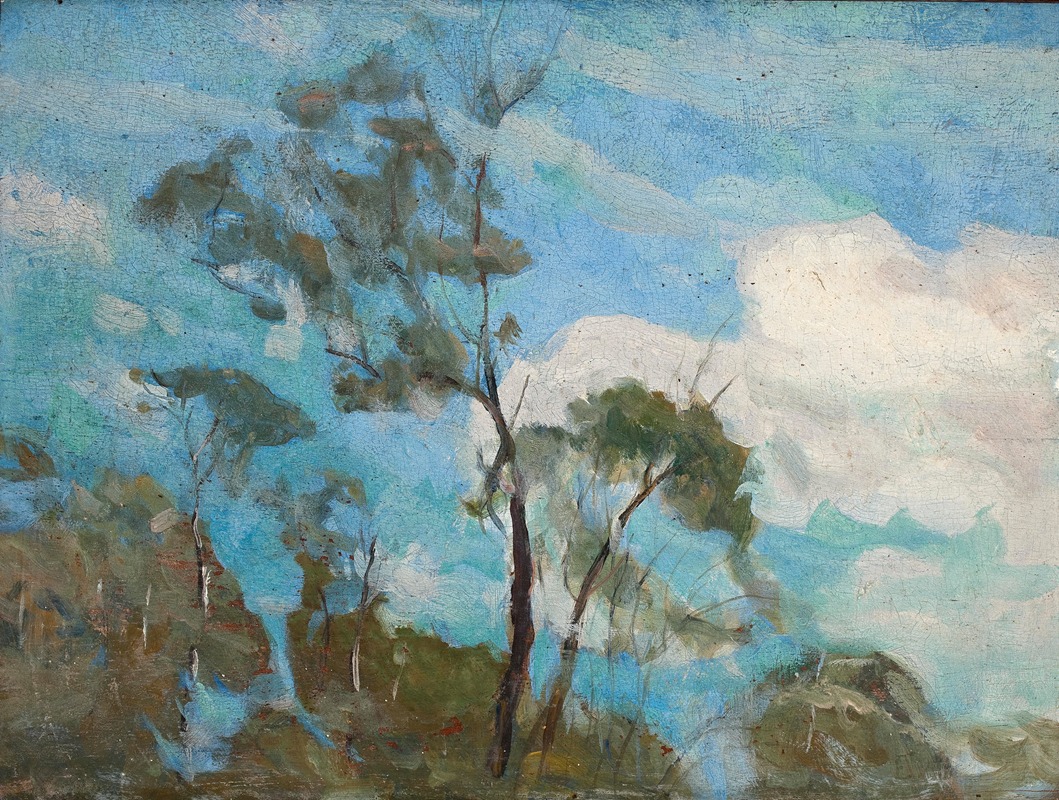
Céu de Teresópolis
A hand-painted replica of Eliseu Visconti’s masterpiece Céu de Teresópolis, meticulously crafted by professional artists to capture the true essence of the original. Each piece is created with museum-quality canvas and rare mineral pigments, carefully painted by experienced artists with delicate brushstrokes and rich, layered colors to perfectly recreate the texture of the original artwork. Unlike machine-printed reproductions, this hand-painted version brings the painting to life, infused with the artist’s emotions and skill in every stroke. Whether for personal collection or home decoration, it instantly elevates the artistic atmosphere of any space.
Eliseu Visconti's Céu de Teresópolis is a painting by the renowned Brazilian artist Eliseu Visconti (1866–1944), who is widely regarded as one of the most important figures in Brazilian art history. Known for his contributions to Impressionism, Art Nouveau, and Symbolism, Visconti played a significant role in shaping modern art in Brazil.
The title of the painting, Céu de Teresópolis, translates to "Sky of Teresópolis" in English, and it reflects the artist's connection to the city of Teresópolis, located in the mountainous region of Rio de Janeiro state, Brazil. Teresópolis was a place of inspiration for Visconti, as its natural beauty and serene landscapes often influenced his work. The painting is believed to depict the sky over this region, capturing its atmospheric qualities with a focus on light, color, and mood.
Visconti's artistic style in works like Céu de Teresópolis demonstrates his mastery of Impressionist techniques, particularly his use of light and color to convey the ephemeral beauty of nature. His brushwork and attention to detail create a sense of movement and depth, inviting viewers to immerse themselves in the scene. While the exact date of the painting's creation is not widely documented, it is consistent with Visconti's broader body of work, which often explored themes of nature and the Brazilian landscape.
Eliseu Visconti was a pioneer in Brazilian art, and his works have been celebrated for their innovation and technical skill. He was the first Brazilian artist to study at the École des Beaux-Arts in Paris, where he was influenced by European artistic movements of the late 19th and early 20th centuries. Upon returning to Brazil, he integrated these influences into his work, adapting them to reflect the unique cultural and natural environment of his homeland.
Céu de Teresópolis is part of Visconti's legacy as an artist who sought to capture the essence of Brazil's landscapes and light. The painting is an example of his ability to blend European artistic traditions with a distinctly Brazilian perspective, making his work both timeless and culturally significant.
Further details about the painting's current location, provenance, or exhibition history are not readily available in public records.





